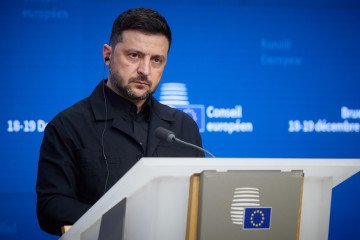- Category
- Latest news
Russian Orthodox Church Accused of Weaponizing Faith in Ukraine’s Temporarily Occupied Territories
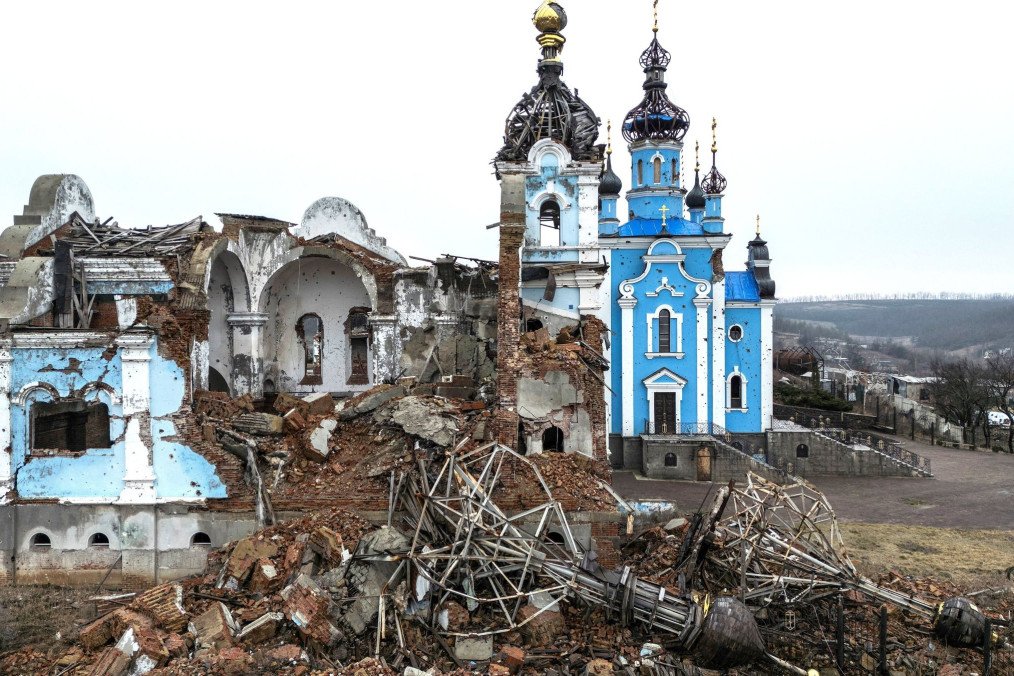
The religious landscape in Russian-occupied Ukrainian territories has drastically changed, with churches destroyed, seized, or repurposed to serve the Russian agenda.
As Russian forces continue their occupation, the suppression of religious groups, particularly those outside the Russian Orthodox Church’s (ROC) control, has intensified. Russian media outlet Novaya Gazeta Evropa reported on April 3, that Ukrainian Orthodox Church (UOC) religious leaders have been coerced into cooperation with the Russian occupation authorities, with priests facing torture, forced relocation, or even death for defying the occupation.
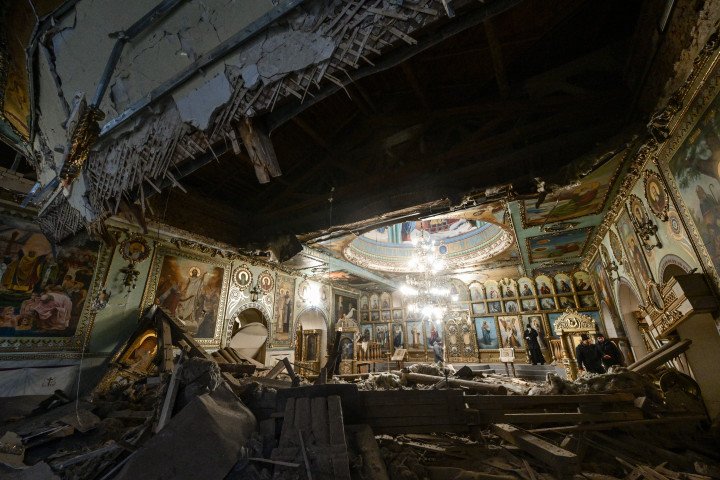
The Russian Orthodox Church and the Ukrainian Orthodox Church are both Eastern Orthodox but differ in their political ties. The ROC, led by the Patriarch of Moscow, has long been aligned with the Russian state and Vladimir Putin himself.
In contrast, the Orthodox Church of Ukraine has sought independence, especially since Crimea’s annexation in 2014 by Russia and the war in the east of Ukraine. In 2018, the OCU gained independence, from the ROC, as recognized by the Ecumenical Patriarchate of Constantinople .
Ukrainian Orthodox Church priests like Vladimir Budnik, who served in the Holy Spirit Church in the Kherson region, experienced direct pressure from Russian forces. When they demanded he stop preaching in Ukrainian and promote Russian state ideals, Budnik and others, fearing for their lives, were forced to leave.
Speaking to Novaya Gazeta Evropa the priest said, “People in civilian clothes started coming in April 2022. They wanted me to stop preaching in Ukrainian—they said that this is Russia now, we don’t need all this.”
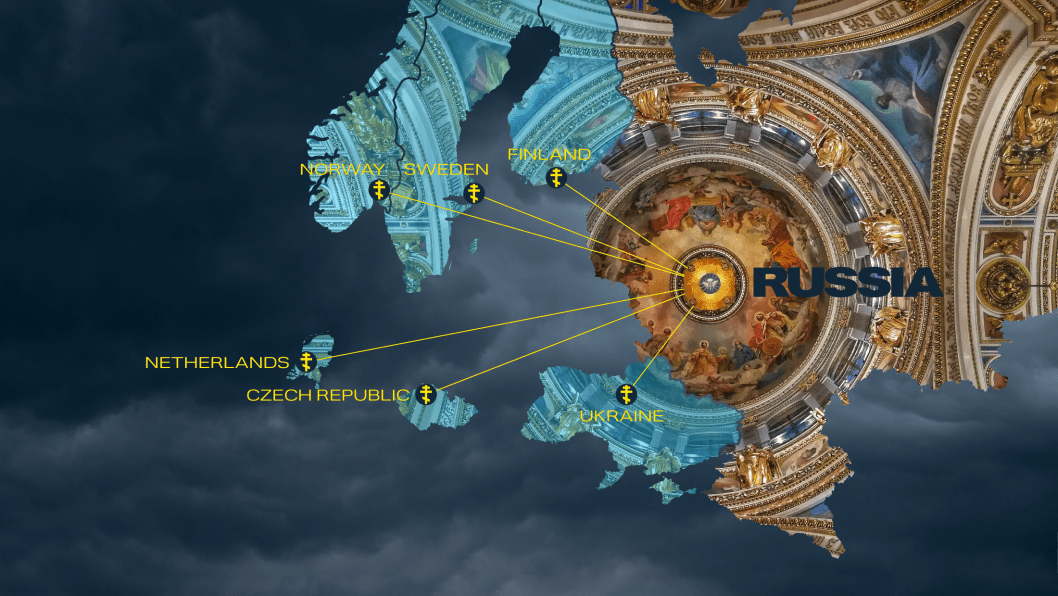
The Russian forces, in an effort to control religious life, have also moved to seize churches and repurpose them for military and state use. In Mariupol, for example, a church of the Orthodox Church of Ukraine (OCU) was taken over by the Russian Orthodox Church (ROC) and is being remodeled to conform to the Russian church’s standards.
643 religious sites were completely destroyed or damaged during the full-scale invasion of Ukraine, with 326 of them located in the Donetsk, Luhansk, Kherson, and Zaporizhzhia regions.
In the Kherson region, 20% (38 out of 193) of Ukrainian Orthodox Church churches were destroyed or damaged, while more than 50% (18 out of 35) of the Orthodox Church of Ukraine churches were affected.
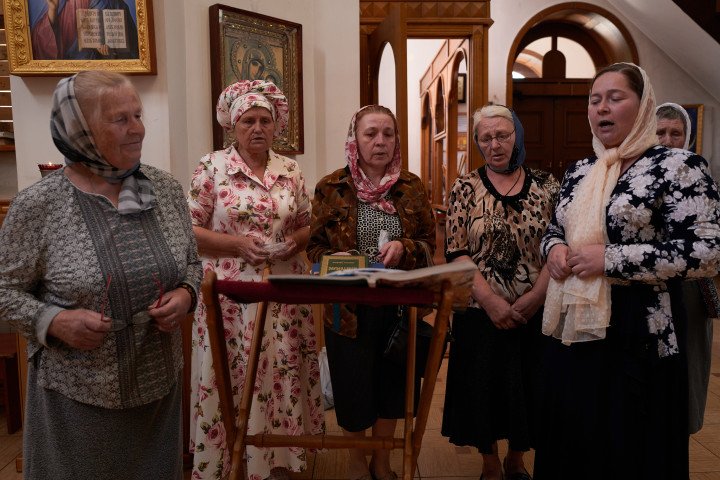
Russian Religious scholar Sergei Chapnin explains that the Moscow Patriarchate’s strategy aligns with Russian state objectives, where the church’s authority is seen as an essential tool in consolidating control over temporarily occupied territories.
“It is absolutely obvious that the interests of the Moscow Patriarchate and the interests of the Russian state coincide. The territory is occupied, and the new government is imposing a new church administration — this is the Russian Orthodox Church, the official church of Putin’s Russia,” Chapnin stated.
According to Novaya Gazeta Evropa, this involves both voluntary and coerced submission of religious leaders and communities, which has led to the near collapse of the Ukrainian Orthodox Church in these regions.
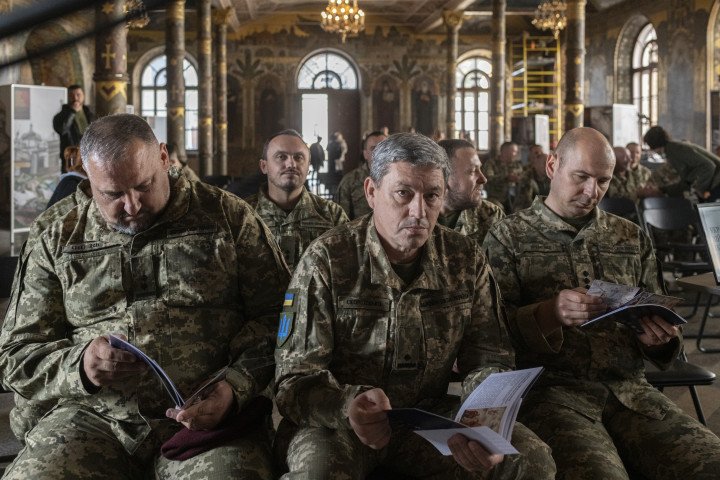
On February 13, 2024, Russian troops abducted Ukrainian Orthodox Church priest Stepan Podolchak from his home in the Kherson region. “They took him barefoot, with a bag over his head, claiming they were taking him for interrogation,” according to human rights group Forum 18.
His lifeless body, possibly with a bullet wound to the head, was discovered on a village street on February 15. Stepan’s wife was informed of his death by morgue staff, who invited her to identify him.
This case is part of a broader pattern of violence against priests of the Orthodox Church of Ukraine. Serhiy Chudinovich, rector of the Church of the Holy Mother of God in Kherson, was kidnapped from the church. He later described being tortured, threatened with rape, and facing reprisals against his family.
-9d6a89a6a0b15e36a377fd4bf0f9a428.png)
Other priests also faced similar fates. Berdyansk priest Oleg Nikolaev was detained and taken to an unknown location, while Priest Andrey Chui, who served longest in occupied Donetsk, and Father Khristofor Khrimli from Kamenka were arrested, illegally held, and eventually deported by Russian authorities.
The fate of many other Orthodox Church of Ukraine priests kidnapped by occupation forces remains unknown.
Karen Nikiforov, the author of the “Religion on Fire” project, observes in the report that the Russian Orthodox Church’s actions in occupied territories extend beyond religious control, they are part of a broader strategy of state integration.
Religious buildings that were once independent are now part of a larger system, serving as tools for the state to reinforce its presence. Some of these structures, like the church in the Novoazovsky district, are now being used as morgues or concert halls for Russian military personnel, while others are used as control points for drone operations.
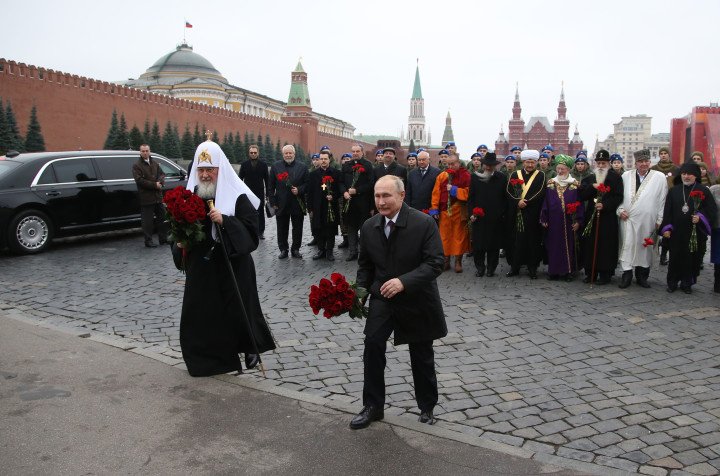
Meanwhile, the Moscow Patriarchate has continued to make inroads, with dioceses in the Donetsk, Luhansk, and Kherson regions increasingly coming under its control according to the Novaya Evropa report.
The repression of religious groups is not limited to Orthodox Christianity. Protestant, Catholic, and other minority religious groups have faced similar persecution. The Jehovah’s Witnesses and various Protestant denominations have been banned, with many of their communities forced underground. Catholic priests have been deported, and their churches seized or closed.
The Russian state views these minority groups as threats, fearing their decentralized and independent structures.
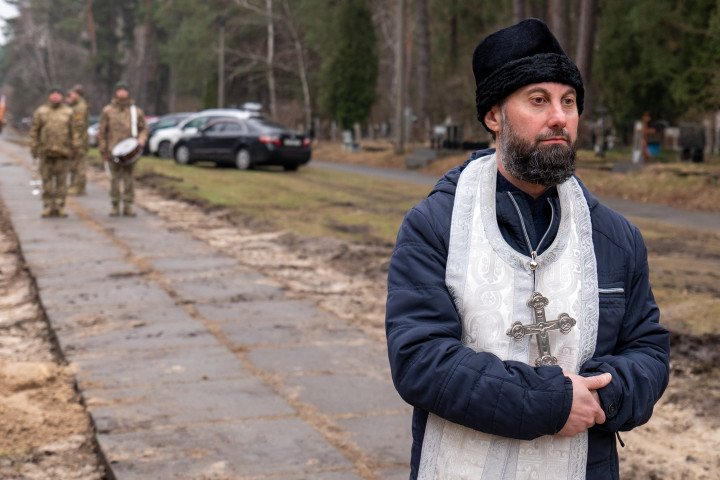
While many Ukrainian religious leaders have fled, some remain in the occupied territories, either out of loyalty to their congregations or due to fear of reprisal.
These priests, such as those in the Berdyansk and Melitopol regions, have had to navigate the complex and dangerous political landscape under occupation.
Some, like Father Mikhail Grechilo of Berdyansk, expressed to Novaya Evropa the internal conflict many clergy face, as their refusal to participate in the occupation’s religious programs results in isolation and threats.
In related news, a gathering marking Ramadan took place at the Spiritual Administration of Muslims of Crimea. Initiated by President Zelenskyy in 2023, the event has since become an official annual tradition.
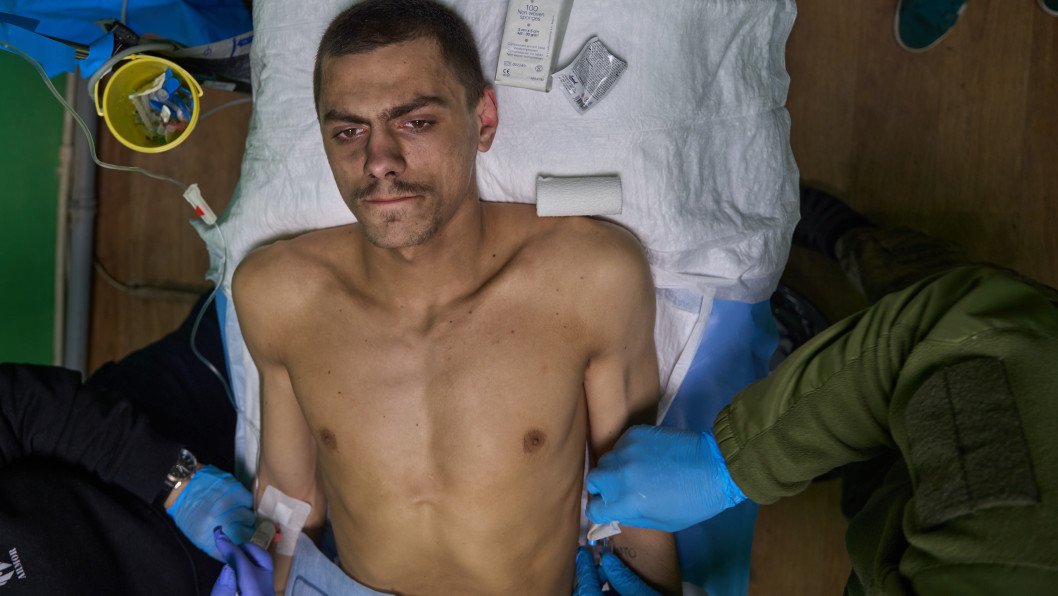
-554f0711f15a880af68b2550a739eee4.jpg)
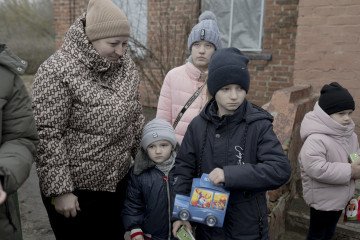

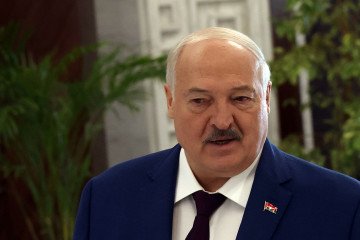
-72b63a4e0c8c475ad81fe3eed3f63729.jpeg)
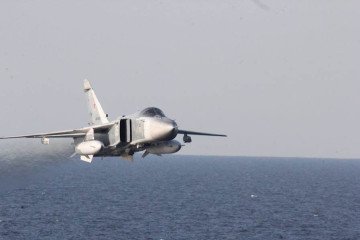
-111f0e5095e02c02446ffed57bfb0ab1.jpeg)
